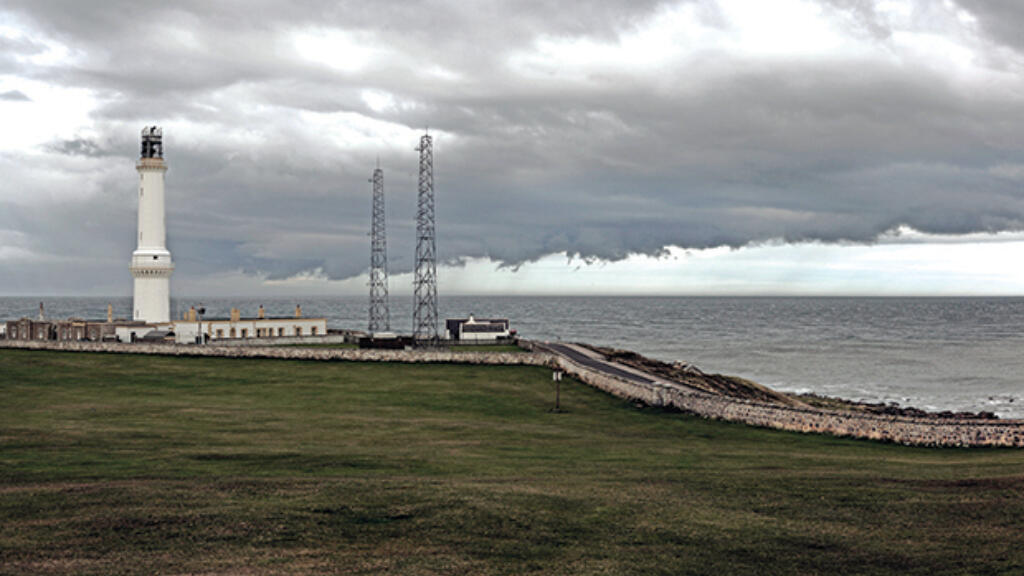

Construction of the Girdleness Lighthouse
The Girdleness lighthouse was of a state-of-the-art, ground-breaking design.
Prior to the loss of the Oscar, there already existed growing alarm at the number of sailors being lost at sea due to groundings on the Scottish coastline. The loss of the Oscar, which is still one of the greatest losses at sea in Scottish Maritime history, led to an even greater groundswell of opinion, and reinforced calls for a lighthouse at Girdleness. Finally heeded some twenty years later, the Girdleness lighthouse, designed by Robert Stevenson, was constructed by James Gibbs.
The Girdleness lighthouse was of a state-of-the-art, ground-breaking design, incorporating a double light, one above the other, in a tower that rose an incredible 121ft above the ground. The Astronomer Royal, Sir George Airy, described the lighthouse in 1847: “fronted to seaward with weather-resisting glass a quarter of an inch thick and gun metal astragals. The dome of the lighthouse looks immense from inside, whereas from the ground some 136 feet below, it looks minute. The lamp is framed by two large concave reflectors, which sent its 200,000 candlepower beams 25 miles out to sea on a good night”. Sir George added that Girdleness was “the best lighthouse that I have seen”.
Alistair Mackenzie, Chairman of Port of Aberdeen and current Chairman of the Northern Lighthouse Board, talks about the designer of the Girdleness Lighthouse, the now-celebrated Robert Stevenson.
Q: Before Robert Stevenson came on the scene, what existed in terms of shore hazard warning lights for shipping around Scotland’s coasts?
A: Lighthouses in the late 1700s were basic, illuminated by coal fires, providing limited warning to vessels nearing the shore. Vessels also lacked the sophisticated location positioning equipment they have today, so the death toll through vessels running aground was extremely high.
Q: What was Stevenson’s first achievement?
A: Stevenson’s earliest achievement was one of his greatest. At just 38 years old he became Resident Engineer on the building of a lighthouse on the Bell Rock – a semi-submerged reef 11½ miles off the east coast of Scotland. This construction project, completed under the most extreme conditions, at a time of rudimentary construction techniques, has been described as Scotland’s greatest single engineering feat of the early 19th century.
Q: What made Robert Stevenson’s work so remarkable?
A: Although it was John Smeaton (one of the designers of Port of Aberdeen’s peninsula model) who actually pioneered building stone tower lighthouses, Robert Stevenson took this concept to a new level during his career, inaugurating the modern lighthouse service in Scotland. He designed and built 20 lighthouses, including Girdleness, all of which are still in service today, two hundred years later.
Robert Stevenson’s talented family included the famous writer Robert Louis Stevenson (his grandson). Visits with his family to remote lighthouses are thought to have inspired his books ‘Kidnapped’ and ‘Treasure Island’.
